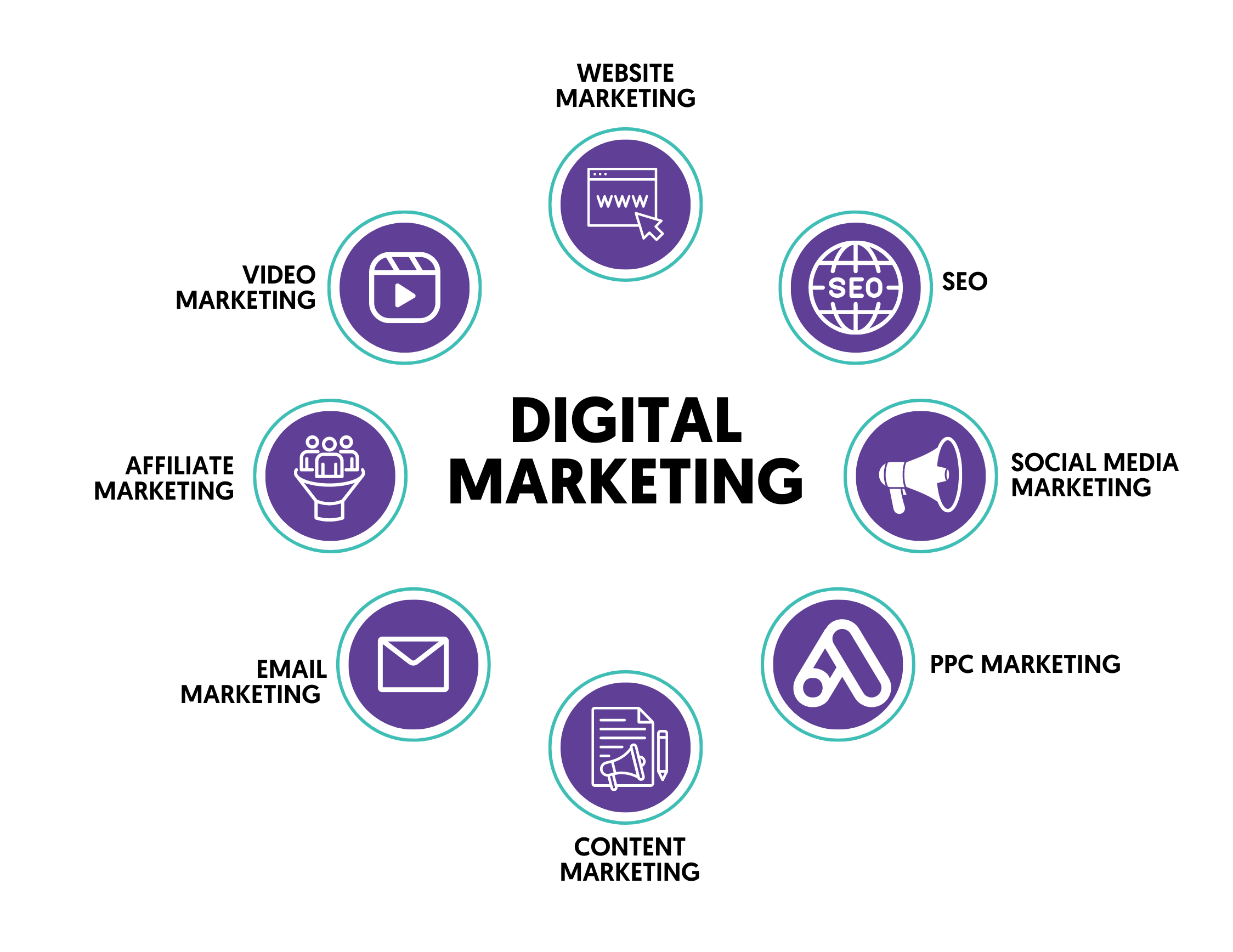Let loose Imagination with The Ad Firm Web Design Agency: Crafting Digital Masterpieces
Let loose Imagination with The Ad Firm Web Design Agency: Crafting Digital Masterpieces
Blog Article
Enhance User Experience and Drive Traffic With Receptive Web Design
In today's electronic landscape, where users are accessing websites from a wide range of tools, responsive website design has actually come to be more vital than ever. With its ability to adapt and perfectly get used to different display dimensions, responsive layout not only improves customer experience yet additionally drives web traffic to your internet site. Why is this design approach so crucial? Just how does it boost user involvement and rise site traffic? In this discussion, we will certainly check out the crucial elements of reliable responsive layout, look into the very best practices for its application, and discover the tricks to improving individual experience while driving more website traffic to your site.
Why Receptive Internet Layout Matters
Responsive website design is an important aspect of modern internet development because of its capacity to guarantee optimal individual experience across numerous devices and screen dimensions. With the spreading of smartphones, tablet computers, and other mobile phones, it has become crucial for sites to adapt and offer smooth functionality despite the device being utilized.
The primary reason that receptive internet style matters is that it enables users to have a pleasurable and constant surfing experience, despite the device they are using. A responsive site instantly readjusts its content, design, and format elements to fit the screen size and resolution of the tool, ensuring that customers can easily navigate and engage with the site without any aggravation or stress.
Additionally, receptive website design also plays a significant function in seo (SEARCH ENGINE OPTIMIZATION) Browse engines, such as Google, prioritize web sites that are mobile-friendly and receptive in their search results page. By incorporating receptive layout concepts, websites can boost their presence and ranking, bring about raised natural website traffic and possible consumers.

Boosting Individual Interaction With Responsive Layout
Optimizing individual engagement is a vital goal of receptive style, as it ensures that users can easily gain access to and connect with website content on any type of device. With the enhancing use smart devices and tablet computers, it is critical for internet sites to adapt to different display dimensions and resolutions. Receptive layout enables web sites to automatically readjust their layout and material to supply a smooth customer experience across gadgets.
One of the primary means responsive layout improves individual engagement is by reducing tons times. With a receptive site, individuals don't need to wait for separate mobile versions to load, leading to much faster access to web content. This enhanced rate leads to greater individual contentment and encourages them to invest even more time on the website.
Additionally, receptive layout boosts customer engagement by enhancing navigation and interface (digital marketing Carlsbad). When a site is made responsively, menus and switches are maximized for touch communications, making it much easier for customers to interact and browse with the website on their mobile devices. This user-friendly and intuitive experience keeps customers involved and urges them to discover more of the internet site
Moreover, responsive style enables far better web content presence and readability. By adjusting the layout and typeface dimensions to different tools, receptive web sites ensure that customers can quickly review and understand the material. This enhances individual interaction by reducing the demand for scrolling or zooming to read the message.
Increasing Internet Site Website Traffic With Responsive Web Style
With the expanding appeal of mobile phones, having a site that is responsive to different screen dimensions and resolutions is essential for driving increased website traffic. In today's electronic landscape, users are accessing web sites from a variety of tools such as smartphones, tablets, and desktop. Each of these gadgets has various display dimensions and resolutions, about his and if your website is not designed to adapt to these variants, it can bring about an inadequate individual experience and a loss of possible traffic.
Responsive internet design makes sure that your web site looks and operates optimally across all devices. By utilizing versatile grids, fluid images, and media questions, receptive layout enables your web site to instantly adjust its content, navigation, and layout to fit any type of display dimension. This suggests that users will have a seamless surfing experience despite whether they are using a big desktop computer or a small smart device computer system.
Secret Components of Reliable Responsive Style
Efficient responsive design integrates a number of crucial aspects that ensure a seamless customer experience throughout different tools. This allows content to be shown in a visually enticing and understandable manner on any kind of device.
One more important aspect is media queries. These allow designers to apply different styles and layouts based upon the qualities of the individual's gadget, such as screen dimension and orientation. By utilizing media queries, designers can enhance the presentation of web content for each and every tool, ensuring that it is easily obtainable and understandable.
Receptive pictures are also critical in efficient receptive style. Photos that are also large can reduce web page lots times on smart phones, while photos that are as well little might appear pixelated on bigger screens. By using techniques such as receptive photo resizing and careless loading, designers can ensure that photos are appropriately sized and maximized for each and every gadget.
Lastly, efficient receptive design involves a mobile-first technique. This implies focusing on and designing material for mobile tools initially, and afterwards increasing and enhancing the style for bigger screens. This method ensures that the most vital content is easily available on smaller sized screens, while still providing a rich experience on bigger tools.
Finest Practices for Applying Receptive Website Design
Executing receptive website design calls for cautious consideration of different finest practices to guarantee an ideal individual experience across different devices. Below are some key finest techniques to comply with when applying receptive internet style.
To start with, it is essential to prioritize mobile users. With the increasing prominence of mobile phones, making for mobile-first has look here actually ended up being necessary. Start deliberately for smaller screens and after that gradually enhance the layout look here for larger displays.

An additional essential ideal method is to optimize pictures for different display resolutions. Large pictures can decrease the loading time of your web site, especially on mobile phones with slower links. Usage receptive photos that can be resized based upon the tool's screen resolution to boost performance.
Furthermore, test your web site on different devices and display sizes to make sure a consistent and smooth experience. There are various screening devices available that can help you identify any problems and make necessary modifications.
Last but not least, focus on use and ease of access. Make certain that your internet site is simple to navigate, with concise and clear content. Ensure that your website is obtainable to individuals with disabilities and follows availability standards.
Final Thought
In verdict, receptive internet style plays an important function in improving individual experience and driving traffic to sites. By embracing responsive design concepts, websites can make certain ideal watching experiences across different gadgets, leading to raised individual engagement.
Maximizing customer interaction is a crucial objective of receptive style, as it makes certain that individuals can easily accessibility and connect with web site web content on any kind of tool. Responsive design allows websites to instantly readjust their design and material to supply a seamless user experience across gadgets.
Furthermore, responsive style boosts user engagement by improving navigating and customer interface.Receptive pictures are additionally vital in effective responsive layout. By adopting responsive style concepts, websites can make certain ideal checking out experiences throughout different tools, leading to boosted individual engagement.
Report this page